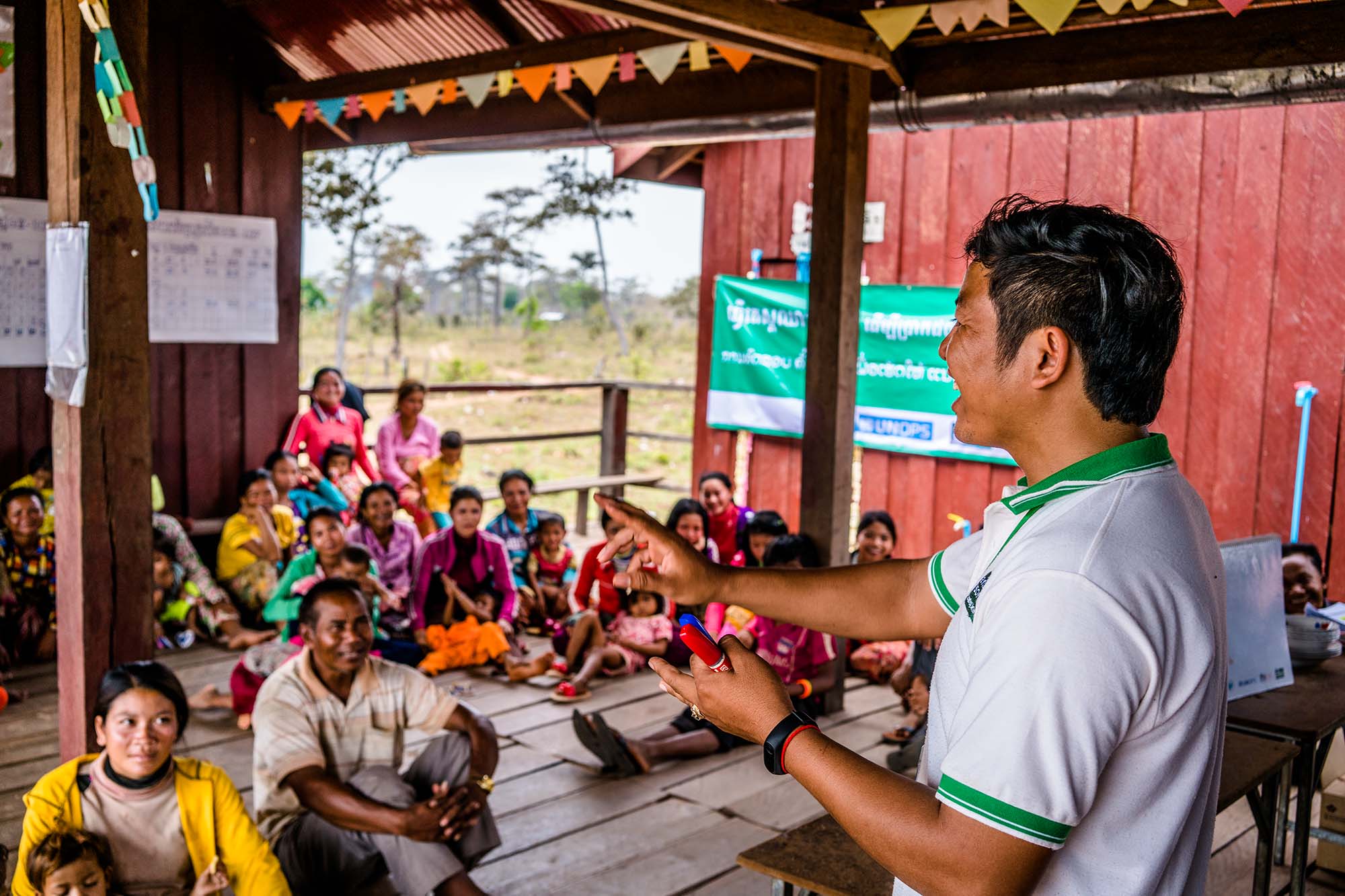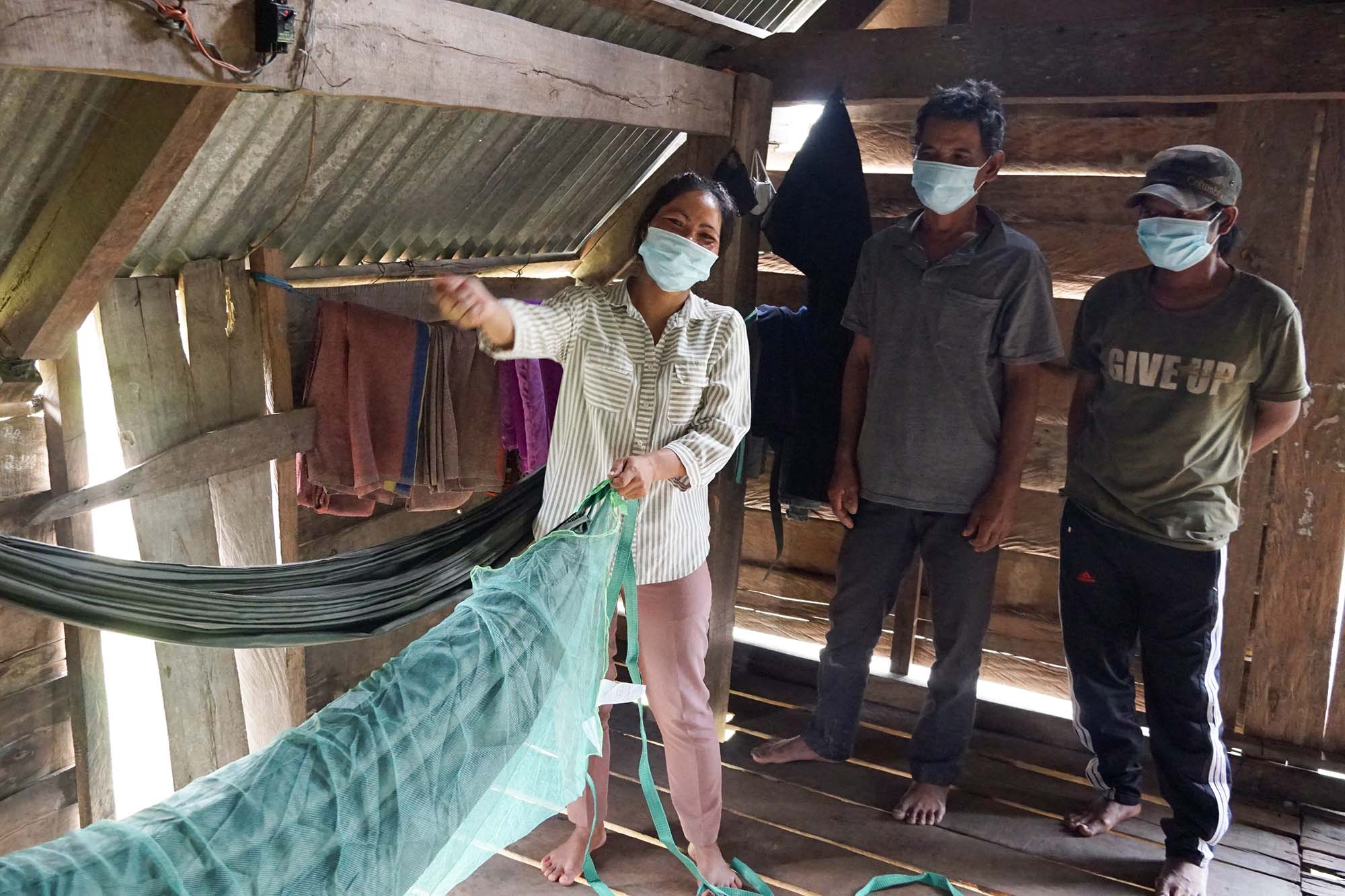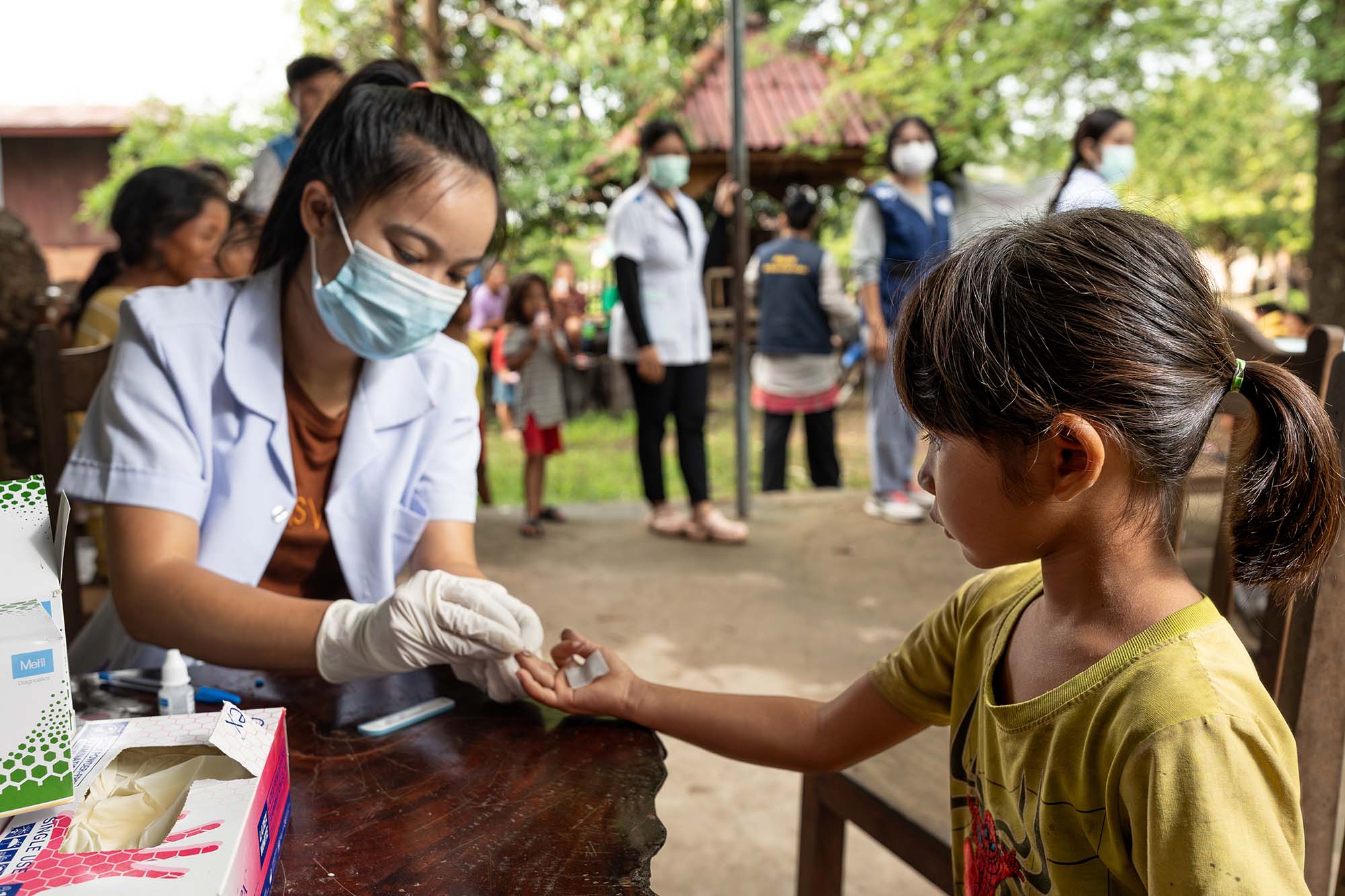A Decade of Progress: Halting Drug-Resistant Malaria in Southeast Asia
Artemisinin is a powerful antimalarial drug – a key ingredient in medicines that cure malaria quickly and save millions of lives. But in Southeast Asia’s Mekong region – Cambodia, the Lao People’s Democratic Republic (Lao PDR), Myanmar, Thailand and Viet Nam – malaria parasites have evolved to resist this lifesaving drug.
The problem first appeared in 2007 and spread, turning the Mekong into a global hotspot for drug-resistant malaria and threatening the region, but also other parts of the world, as had previously happened with devastating consequences when resistance to other antimalarials – chloroquine and sulfadoxine pyrimethamine – spread across Asia and Africa.
In response, the Global Fund launched the Regional Artemisinin-resistance Initiative (RAI) in 2014. Over the last decade, RAI has had a profound impact fighting drug-resistant malaria across the Mekong region and provides valuable lessons for the global fight against drug resistance.
Fewer Cases, Stronger Defenses
RAI has made significant progress protecting people everywhere against the growing threat of drug-resistance.
Dramatic drop in deadly cases: Malaria cases across the Greater Mekong region have been cut in half – from nearly 500,000 cases in 2010 to approximately 248,000 in 2023.

Photo: The Global Fund/Quinn Ryan Mattingly
Near elimination of P. falciparum resistant malaria in four countries: Infections from deadly P. falciparum malaria, which has developed resistance to lifesaving drugs, have plummeted to under 40,000 cases across the entire region. Significant success has been seen in Cambodia, Lao PDR, Thailand and Viet Nam, where only 735 cases in total across all four countries were reported in 2023, compared to 55,657 cases when the initiative started – a decrease of 98.6%.
In addition to saving lives and reducing cases, RAI has also strengthened health systems by ensuring quality antimalarial drugs, rapid diagnosis, treatment and surveillance to detect and counter drug resistance.
Myanmar was also experiencing significant success fighting back malaria, but recent conflict has contributed to a sharp increase in cases, which in some places have spread into neighboring Thailand. This underscores how vital a regional approach is to combatting resistance in the Mekong – and how conflict fuels the spread of deadly disease.
Why RAI is a Model That Works
Regional Collaboration
By coordinating governments, technical partners, health agencies and civil society organizations across borders, RAI enables rapid knowledge-sharing and aligned strategies. This regional approach accelerates progress, improves oversight and targets and optimizes resource allocation.
Community-based Health Networks
The initiative has trained 35,000 local malaria workers who provide testing, treatment, disease surveillance and prevention services to people in communities facing the highest risk of malaria. These frontline workers are supported by a network of over 50 civil society organizations from across the region that ensure interventions are culturally appropriate and reach people in greatest need.

Photo: The Global Fund and SCDI/Lê Văn Kiến
Targeted Interventions for High-risk Groups
RAI prioritizes the populations most at risk, which includes forest workers, migrants and ethnic minorities living in high transmission areas. Proven interventions that have reached these groups include the distribution of insecticide-treated nets, mobile health units, targeted drug regimens for drug-resistant malaria, and digital disease surveillance to track outbreaks.
Investments Needed to Protect Gains in the Mekong and Beyond
RAI provides an important blueprint for combating drug-resistant malaria, now emerging in other parts of the world, including multiple countries in Africa. By demonstrating successful containment strategies in the Mekong region, RAI offers lessons to prevent a global spread. Eliminating malaria not only saves lives but also reduces long-term economic burdens.
Political commitment remains central to success. RAI underscores that addressing drug resistance and malaria elimination demands aligned investments, integrated health systems, strong community engagement and regional collaboration.
As drug resistance appears in other parts of the world, investments to maintain these efforts in the region and replicate this approach in other parts of the world are vital in safeguarding global progress against malaria – and protecting everyone from this deadly and rapidly changing disease.

Photo: WHO/Enric Catala